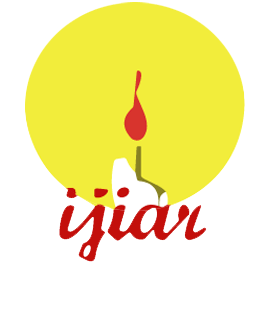DETERMINANTS OF UTILIZATION OF INFORMATION COMMUNICATION TECHNOLOGY BY LECTURERS AT KENYA MEDICAL TRAINING COLLEGE: A CASE STUDY AT NAIROBI CAMPUS.
- Kenya Medical Training College, Department of Medical Education P.O.Box 30195 - 00100 Nairobi.
- Kenya Methodist University, P.O.Box 45240-00100 Nairobi--Kenya Department of Health System Management and Health Education.
- Kenya Methodist University, P.O.Box 45240-00100 Nairobi—Kenya, Department of Health System Management and Health Education.
- Kenya Medical Training College, Department of Medical Laboratory Sciences. P.O. Box 98-90300Wote, Makueni, Kenya.
- Kenyatta University, Department of Biochemistry and Biotechnology. P.O. Box 43844-00100.
Background: Information and Communication Technologies (ICTs) has become one of the driving forces in facilitation of learning in most colleges. The ability to effectively harness the technology varies from institution to institution globally. However, ICT has not been extensive in education systems worldwide as found in other fields, such as business and engineering. Reasons for the low adoption or absence of ICT in education systems also vary significantly depending on the prevailing circumstances. To improve on this, the study was aimed at investigating the extent to which lecturers’ personal and institutional attributes influence their utilization of information communication technology. Method: The study was a descriptive cross sectional survey conducted at the Kenya Medical Training College. The study population includes all lecturers employed by KMTC Nairobi campus; on permanent basis, those on secondment by the Ministry of Medical Services and all the external lectures who are contracted in all the faculties totaling 295.A sample size of 155 lecturers was selected using a table of random numbers. A stratified sampling was followed so as to get equal proportions basing on gender and depending on the number of lecturers in each faculty. A self administered and coded questionnaire was given to the lecturers to fill. Data from questionnaires were analyzed in frequencies and percentages using Statistical Package for Social Sciences (SPSS) version 19, this was reliable tool for quantitative data analysis. Results: Of the 155 respondents, 93 (60%) of the respondents were males while 62 (40%). The results obtained showed that institutional support by provision of resources for ICT related training such as internet, computers, laptops and projectors had moderate impact on use of ICT. Statistically significant associations were observed on the use of ICT (p=0.000), institutional attributes with ICT use (p=0.049) and use of ICT with its policies (p=0.013. However, there was no significant different on the use of ICT with individual attributes (p=0.661). Conclusion: The study concluded that institutional attributes and ICT policy were keys to utilization of ICT to facilitate learning by the lecturers at KMTC. The study observed that institutional support especially in provision of resources to fast track ICT utilization was critical in facilitating the use of ICT, need for a mandatory policy on use of ICT by lecturers to facilitate learning. However, in order to achieve ICT policies that support facilitation of learning in collages, a mechanism should be put in place to make the use of ICT in teaching and learning mandatory.
Kenya Medical Training College, Department of Medical Laboratory Sciences. P.O. Box 98-90300Wote, Makueni, Kenya.
Share this article
